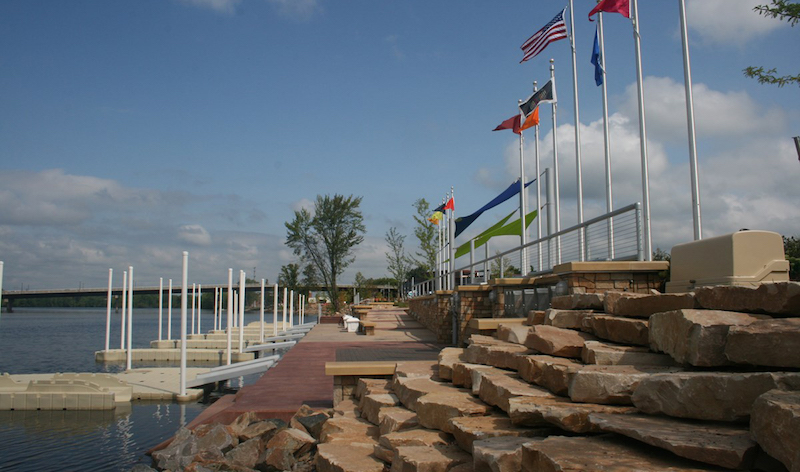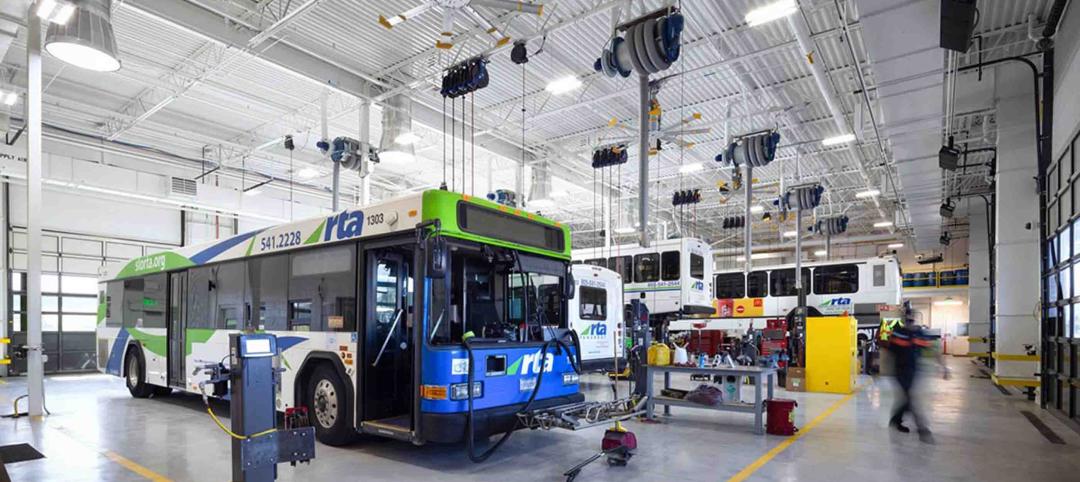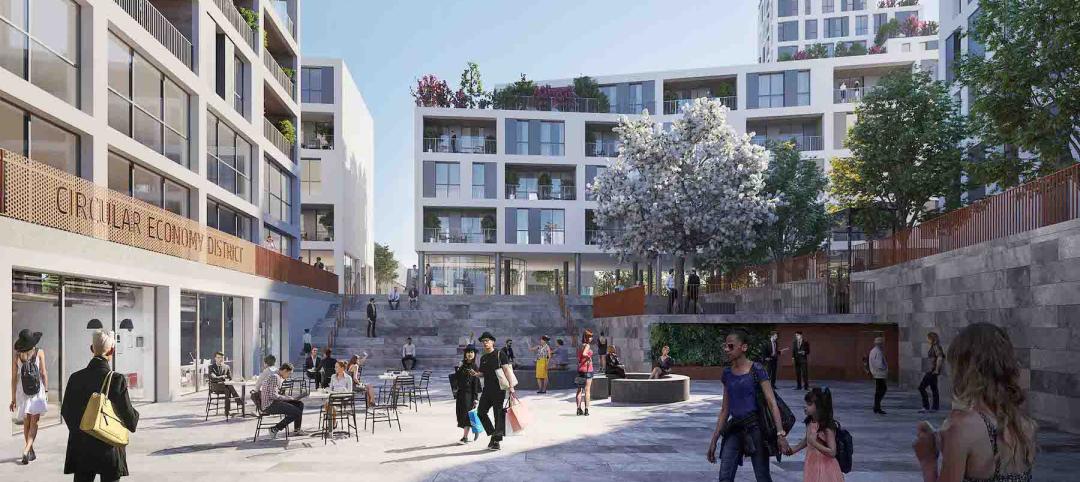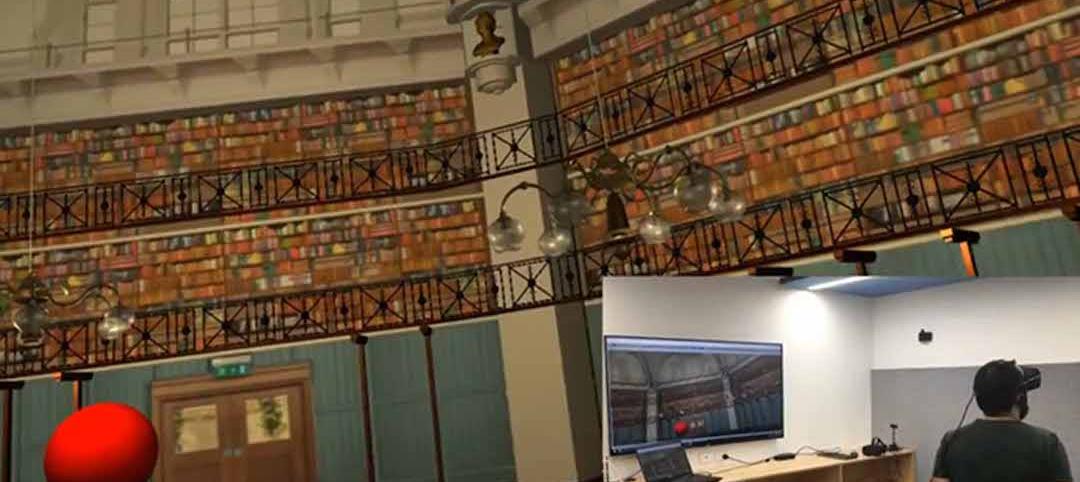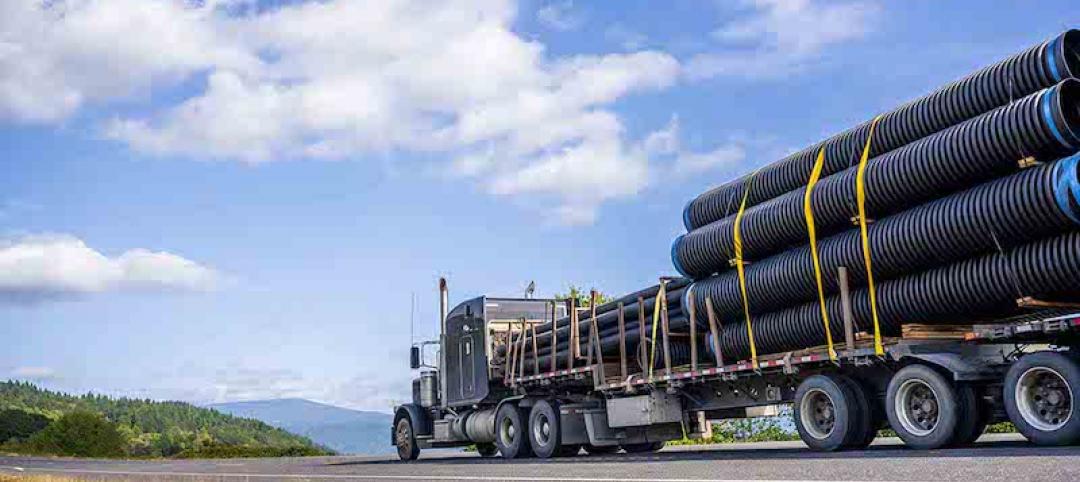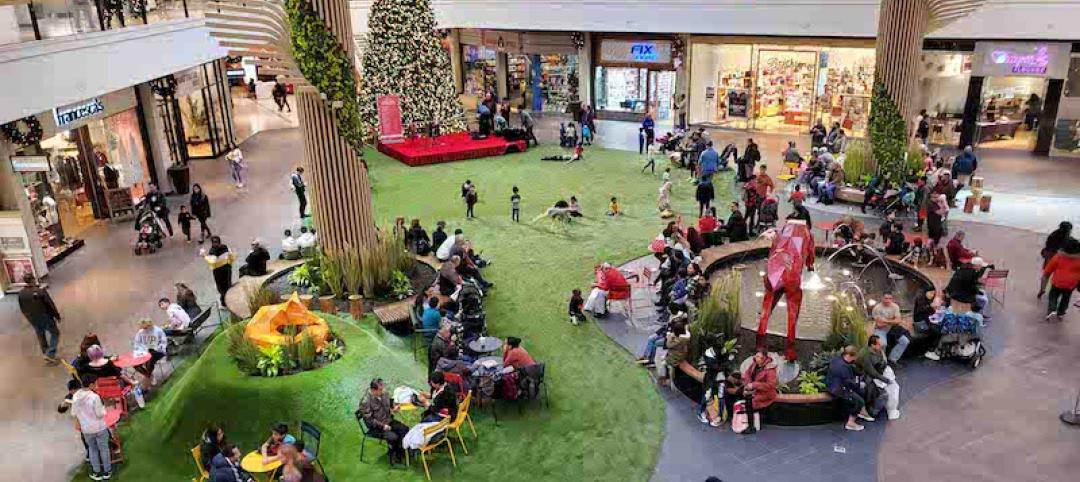ommunity engagement is a vital part of any brownfield program. Not only is it a requirement in the grant work plan but it is an important part of our Stantec mission to put people first.
Many of the neighborhoods we are working in are very diverse in population, and it’s common to find language barriers and a disconnected populous. I believe the key to the success of any brownfield project is involving the community where the project is taking place. When a neighborhood feels a part of what is transpiring, there is a better chance they will believe in the project and stand behind it.
The importance of community involvement
I recently attended a session at the Brownfields Conference called Changing the Face of Community Engagement by Groundwork USA. The session focused on how community engagement has become mundane and, most of the time, it’s truly missing the correct people with whom we should engage. The organization is committed to pursuing a future where everyone’s neighborhood environment is green, healthy, and resilient. The goal is to undo legacies of poverty and racial discrimination, while breaking the trend of widening disparity between communities that are enjoying a renaissance and communities that are experiencing disinvestment, neglect, and deepening poverty.
I heard from the speaker, Kate O’Brien, Capacity Building Director for Groundwork USA, that there was an effort to increase community engagement for a new redevelopment project in her hometown in Maine. She attended the initial kick-off meeting and pointed out the lack of inclusion from the very neighborhood they were looking to help. She asked, “How can people who do not live in the neighborhood make decisions for the residents?”
When asked by the panel how she would handle this issue, Kate took on a new approach to getting the community involved by including the neighborhood’s young adults. They made up a large percentage of the neighborhood’s population. The ultimate thought was involving the youth would help the future of this neighborhood and might get other adults involved as well.
She gathered a team of teens, and they completed the outreach for the project. They went door-to-door and conducted surveys of their neighbors, gathered their data together, and learned how to input this data into Excel. They also learned about public speaking and presented their data to the city council. They were taught how to complete a resume that included this work experience and how to make themselves marketable as a young worker. As part of the program, the teens were fed each night after school and were paid for their work. This let them feel involved in the big picture of the project and they learned lessons in responsibility while keeping with deadlines.
Ultimately, Kate’s plan worked and is now being duplicated in other cities.
Community outreach is an important part of any brownfield program. Our team recently held a community engagement event in Green Bay, Wisconsin.
A new way to look at community engagement
It’s always great to look at things from different perspectives. Each community we work with is different, so it’s important to take a step back and evaluate the neighborhood(s) we’re working in when doing community outreach. A certain approach might work in one community but not another, depending on many variables. That’s why we strive to bring new and innovative community engagement ideas to our clients if what they are trying is not gaining results.
We all benefit from land development, re-use initiatives, and investments in local communities. Inclusive, collaborative planning for brownfield redevelopment begins with meaningful community engagement through which projects become reality and residents feel involved through the whole project.
My advice: get involved where you are. As a community member, be engaged with what is going on in your neighborhood. We can all be a part of the puzzle to transform brownfields into beautiful spaces.
More from Author
Stantec | Apr 18, 2024
The next destination: Passive design airports
Today, we can design airports that are climate resilient, durable, long-lasting, and healthy for occupants—we can design airports using Passive House standards.
Stantec | Mar 18, 2024
A modular construction solution to the mental healthcare crisis
Maria Ionescu, Senior Medical Planner, Stantec, shares a tested solution for the overburdened emergency department: Modular hub-and-spoke design.
Stantec | Nov 20, 2023
8 strategies for multifamily passive house design projects
Stantec's Brett Lambert, Principal of Architecture and Passive House Certified Consultant, uses the Northland Newton Development project to guide designers with eight tips for designing multifamily passive house projects.
Stantec | Apr 10, 2023
Implementing human-centric design in operations and maintenance facilities
Stantec's Ryan Odell suggests using the human experience to advance OMSF design that puts a focus on wellness and efficiency.
Stantec | Jul 6, 2022
5 approaches to a net zero strategy that communities can start right now
Whether your community has started on a plan or is still considering net zero, now is the time for all of us to start seriously addressing climate change.
Stantec | Feb 14, 2022
5 steps to remake suburbs into green communities where people want to live, work, and play
Stantec's John Bachmann offers proven tactic for retrofitting communities for success in the post-COVID era.
Stantec | Feb 8, 2022
How gaming technology is changing the way we design for acoustics
Adding 3D sound from gaming engines to VR allows designers to represent accurate acoustic conditions to clients during design.
Stantec | Dec 15, 2021
EV is the bridge to transit’s AV revolution—and now is the time to start building it
Thinking holistically about a technology-enabled customer experience will make transit a mode of choice for more people.
Stantec | Sep 3, 2021
Passports to a net-zero carbon future
How materials passports can help designers achieve social value and net-zero carbon.
Stantec | Aug 25, 2021
The mall of the future: Less retail, more content
For the mall to survive, it will need to embrace nontraditional uses and “messy vitality.” Here’s how to do it.

